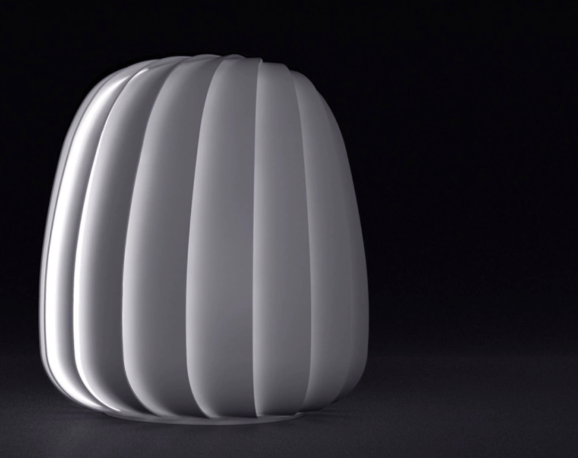
Work is underway to deploy Corti, an AI system that detects heart attacks during emergency phone calls, and it could be coming to some of the biggest cities in Europe.
Following plans announced earlier this year to roll Corti out in more cities, this summer the European Emergency Number Association (EENA), whose members include cities like London, Paris, Milan, and Munich, will deliver AI-powered assistance to emergency 112 operators. In initial trials, this assistance was found to identify cardiac arrest events more quickly than human operators.
Emergency call centers from Seattle to Singapore also want to make Corti part of their operations, but there’s no global standard for organizations working to save lives. Some are fine with the idea of deploying the AI through the cloud, while others with privacy concerns require the AI system to operate from on-premise servers.
To serve a variety of needs and make it easier to get Corti up and running in more places, the company created a hardware device to deploy its AI on the edge. But it wasn’t enough to make “another black box,” Corti chief product officer Yuan Nielsen told VentureBeat in an interview.
Instead, Nielsen said Corti set out to give emergency operators something beautiful to look at, and so the company designed The Orb, a white light-emitting device with a powder coated finish.
“It took us several months to design this orb to the last millimeter to make something small, cute, and organic with the right amount of light and ambiance,” Nielsen said.
The device was rolled out for emergency operators in Copenhagen in August and will be extended to trial locations in major European cities and Seattle next.
Roughly the size of a Google Home speaker and similarly reminiscent of an air freshener, the Orb runs on Nvidia’s TX2 module atop the Nvidia J140 carrier board and was created by Nielsen, together with Danish lamp designer Tom Rossau, whose work sometimes looks more like a sculpture than a light.
The two began to work together after Nielsen visited his shop to get a lamp repaired.
Edge computing for Corti’s AI limits the system’s ability to deliver updates to its model and the number of language models that can be incorporated. However, it also means Corti’s AI can continue to function if any interruption to internet connection should occur.
Real AI for good
Amid all the talk that surrounds artificial intelligence — how it will simultaneously take jobs and improve lives — perhaps no form of AI could save more lives than the kind made to combat heart cardiac arrest, which is the biggest killer on Earth.
Detection of heart attacks is easily one of the most obvious ways AI should be used today. Cardiac arrest currently claims hundreds of thousands of lives a year around the globe.
Analysis of emergency calls involving cardiac arrest in Copenhagen in 2014 (published in a research paper in April), show Corti’s analysis of thousands of calls was 30 seconds faster than that of human operators, with an accuracy rate of 93 percent compared to 73 percent for human operators.
With cardiac arrest events that occur outside of hospitals, every minute counts.
According to the American Heart Association, each minute that passes without identification of a heart attack and the beginning of CPR leads to a 7 to 10 percent decline in survival rates. About 2 to 11 percent of those who suffer heart attacks survive.
Corti’s expansion beyond heart attacks
As Corti begins its expansion beyond analysis of calls in Copenhagen, it’s also beginning to expand its services beyond heart attack identification.
Under development today is intelligence to detect drug overdoses, illnesses related to heart disease, and strokes in order to better support emergency operators.
As with Corti’s heart attack detector, when deep neural networks identify a specific condition, a user interface will appear on an emergency operator’s screen with instructions to give the caller to help them triage the victim until emergency responders arrive.
Corti is also interested in further exploring AI that analyzes the sound of people’s voices to determine their ailment.
Development of additional software products is also underway now to give emergency operations the ability to filter calls by event and give dispatchers the ability to flag calls for review or annotate calls. The software team is also working on tech to weed out background noise and cellular connection issues to focus on the sound of a person’s voice.
Also on the roadmap: Corti will begin to explain to emergency operators why its AI arrived at a particular conclusion.
Beyond Corti’s work to combat deaths from cardiovascular disease, a series of AI-driven startups are marshaling their efforts to combat cardiovascular disease. Arterys is partnering with GE Healthcare to model blood flow through the heart, and Mabu the robot is teaming up with the American Heart Association to better serve patients with congenital heart disease.
























